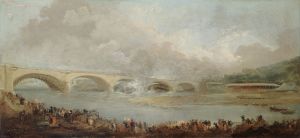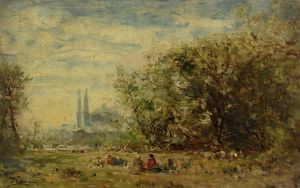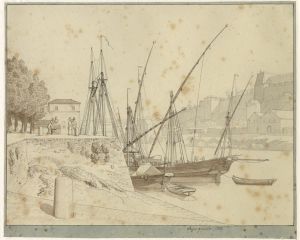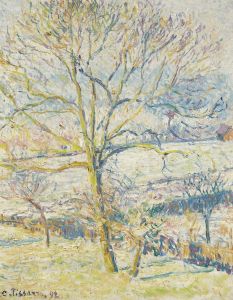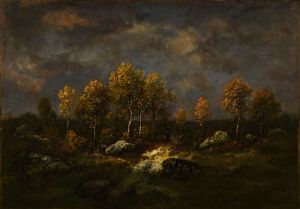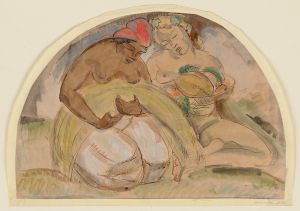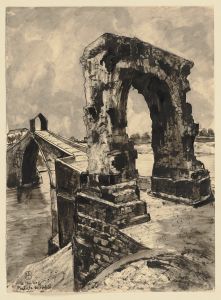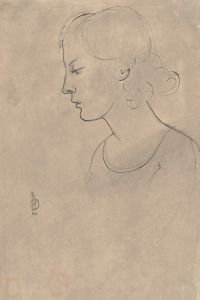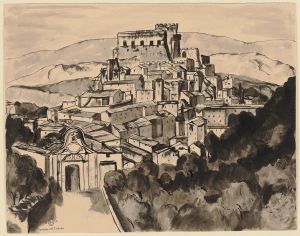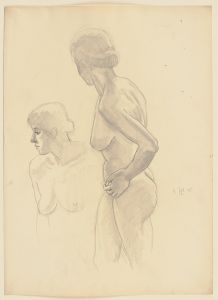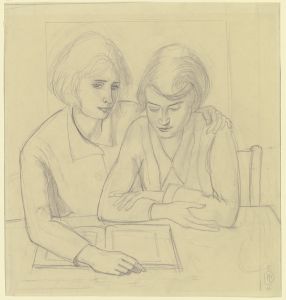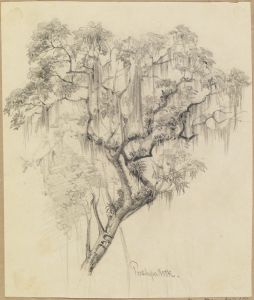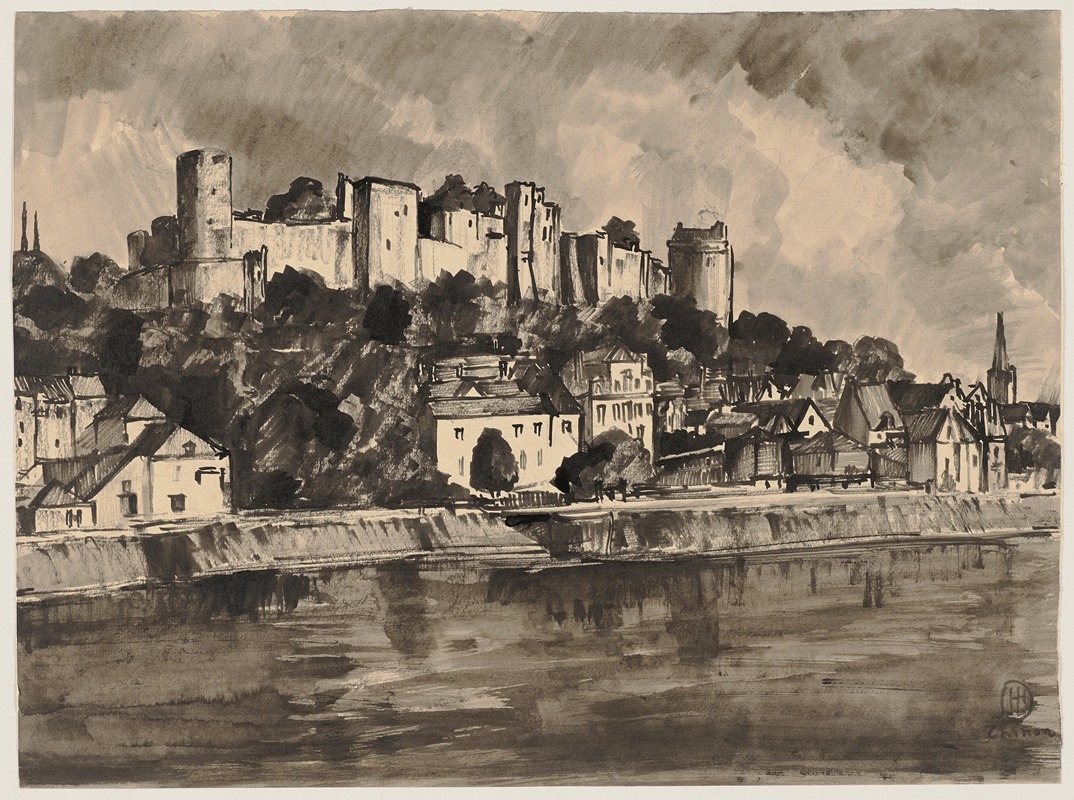
Die Burg Chinon und das Ufer der Vienne
A hand-painted replica of Hermann Lismann’s masterpiece Die Burg Chinon und das Ufer der Vienne, meticulously crafted by professional artists to capture the true essence of the original. Each piece is created with museum-quality canvas and rare mineral pigments, carefully painted by experienced artists with delicate brushstrokes and rich, layered colors to perfectly recreate the texture of the original artwork. Unlike machine-printed reproductions, this hand-painted version brings the painting to life, infused with the artist’s emotions and skill in every stroke. Whether for personal collection or home decoration, it instantly elevates the artistic atmosphere of any space.
Hermann Lismann was a German painter known for his contributions to the Impressionist movement. Born in 1878 in Frankfurt, Lismann studied at the Städelschule in Frankfurt and later at the Académie Julian in Paris, where he was influenced by the vibrant art scene and the works of the French Impressionists. His style is characterized by the use of light and color to capture the essence of a scene, often depicting landscapes and urban environments.
One of Lismann's notable works is "Die Burg Chinon und das Ufer der Vienne," which translates to "The Castle of Chinon and the Bank of the Vienne." This painting captures the scenic beauty of the medieval fortress of Chinon, located in the Loire Valley of France, along with the serene banks of the Vienne River. The castle of Chinon is historically significant as it was a favored residence of the French kings during the Middle Ages and played a pivotal role during the Hundred Years' War. It is also famously associated with Joan of Arc, who met King Charles VII there in 1429.
In "Die Burg Chinon und das Ufer der Vienne," Lismann employs his Impressionist techniques to bring the scene to life. The painting is likely characterized by loose brushwork and a vibrant palette, capturing the play of light on the ancient stone walls of the castle and the gentle flow of the river. The use of color and light would have been intended to evoke the atmosphere of the location, a hallmark of Impressionist art.
Lismann's choice of subject reflects his interest in historical and picturesque locations, and his ability to convey the mood and essence of a place through his art. The painting not only showcases the architectural beauty of the Chinon castle but also highlights the natural landscape of the Vienne River, emphasizing the harmony between human-made structures and their natural surroundings.
Throughout his career, Hermann Lismann's works were exhibited in various galleries and exhibitions, contributing to the spread of Impressionism beyond France. His paintings are appreciated for their ability to capture fleeting moments and the transient effects of light, a central theme in Impressionist art. Despite the challenges he faced during his lifetime, including the rise of the Nazi regime in Germany, Lismann continued to create art that resonated with the Impressionist ethos.
"Die Burg Chinon und das Ufer der Vienne" stands as a testament to Lismann's skill and his dedication to capturing the beauty of the world around him. While specific details about the painting's current location or provenance may not be widely documented, it remains an important part of Lismann's artistic legacy and a fine example of his contribution to the Impressionist movement.





